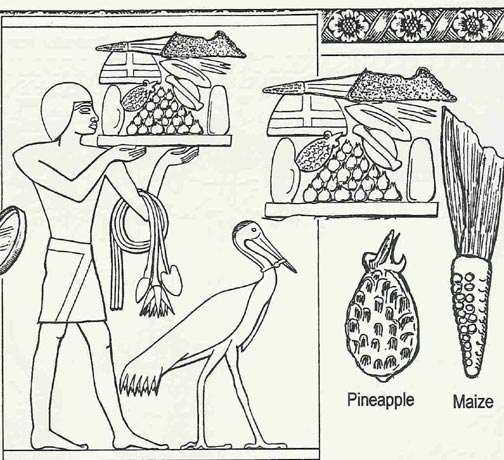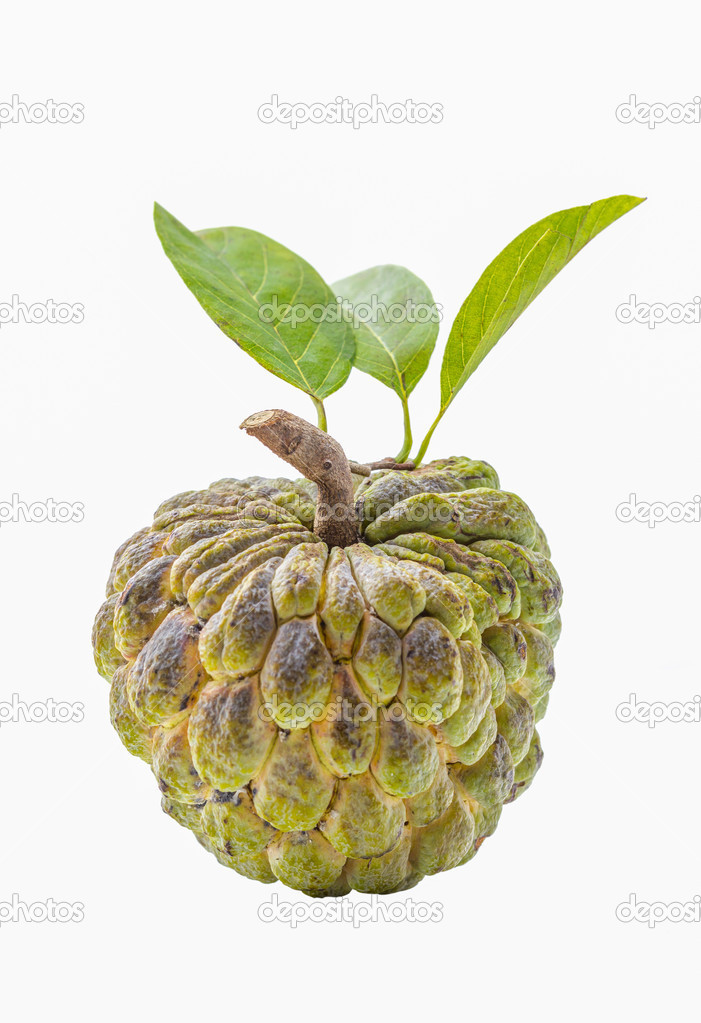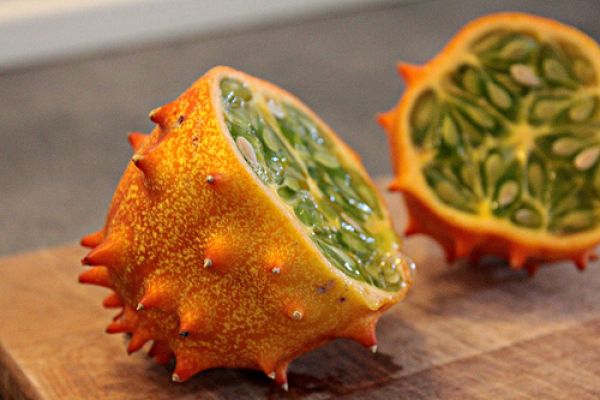It looks like you're using an Ad Blocker.
Please white-list or disable AboveTopSecret.com in your ad-blocking tool.
Thank you.
Some features of ATS will be disabled while you continue to use an ad-blocker.
share:
originally posted by: butcherguy
a reply to: Blackmarketeer
I agree.
If maize had made it to AE through trade with the New World, it would have been grown as a crop.
I think the depiction claimed to be maize is a root vegetable of some sort.
Perhaps it was considered sacred, to be ingested only by Pharaoh. A holy vegetable or revered plant perhaps.
We see it being served or carried as an offering to Pharaoh, to be worthy only of pharaoh and the gods...not the people.
That would explain why it wasn't grown widely.
a reply to: butcherguy
If am honest i think the maize looks more like a carrot, so i`ll go with some sort of root vegetable too.
I also think that`s one iffy looking pineapple. I wouldn`t like to say what it is because there are some weird looking fruits from Africa, horned melon for instance, but I wouldn`t like to say that that`s definately a depiction of maize and a pineapple.
If am honest i think the maize looks more like a carrot, so i`ll go with some sort of root vegetable too.
I also think that`s one iffy looking pineapple. I wouldn`t like to say what it is because there are some weird looking fruits from Africa, horned melon for instance, but I wouldn`t like to say that that`s definately a depiction of maize and a pineapple.
The maize is a reasonably good depiction. It could be something else, but maize is a pretty reasonable guess. The "pineapple" though, is not a
pineapple IMO. My first thought was
yellow dragon fruit, but that is still a new world plant. I wouldn't put it past the AE to have been all
over the place.
originally posted by: Shiloh7
a reply to: Mr Headshot
If its a pomegranate then surely it would have been round because that fruit is always round and never oblong shaped.
I suspect that in the past with the water levels so much lower there were many more islands in the Atlantic Ocean which meant that the Egyptian ships could navigate to the Americas. I don't understand why this is such a weird hypothesis. Our ancient relations travelled considerably for trade and curiosity.
And it's been proven a ship built from reeds and hemp ropes, is not only seaworthy for a descent sized crew and supplies, but could actually cross the Atlantic...Thor Heyerdahl built one '69/'70 crewed it with volunteers and sailed it from Africa and almost reached America...it was tried again, using the same Papyrus reeds and made it across with great success.
If an international volunteer crew of 20th century people, most not professional sailors can build a boat from common materials used by the ancients to build their boats with, and sail it across oceans..i'd think it a very safe bet that the ancients, having the benefit of generational knowledge of boat building and navigation passed on and down to each generation, could easily have done it too.
That "corn" looks more like lotus root to me. Maybe that one was carved for artistic presentation back then. Who knows, we do weird aesthetic carving
to food today (vegetable rose bouquets, anyone?)
Edit: I can't figure out how to make that picture any smaller, here's the Wisegeek link:
images.wisegeek.com...
Edit: I can't figure out how to make that picture any smaller, here's the Wisegeek link:
images.wisegeek.com...
edit on 3/22/2015 by Nyiah because: (no reason given)
originally posted by: butcherguy
a reply to: Blackmarketeer
I agree.
If maize had made it to AE through trade with the New World, it would have been grown as a crop.
I think the depiction claimed to be maize is a root vegetable of some sort.
I agree with you and BlackMarketeer that there is zero evidence of corn in Kmt, the evidence above is circumstantial at best, however if there were contacts then such would be periodic at most and not on going, the fact that such an amazing source of grain food was not cultivated is also puzzling, below is a view from another site on the subject that agrees with Myster X's explanation the leaves may have been pulled back to reveal the corn.
EgyptMaize1A
Egyptian Corncobs from an offering display in Queen Hatshepsut’s Temple.
(Reconstruction by Howard Carter, 1908)
Comment: These corncobs have the distinguishing characteristics of New World maize of the golden sweet corn variety including yellow-orange fruit, tapered cylindrical shape, parallel rows of large kernels, and green husk leaves that have been pulled back to reveal the fruit. Eight similar golden corncobs were identified in the Queen’s Temple. More were found at the 15th century BC tombs of Rekhmire and Benia-Pahekamen, Thebes.
Date of artifact: c. 1470 BCE, early 18th Dynasty.
EgPine1A
New World Pineapple and Squash, Offering Display, Hatshepsut’s Temple (c. 1470 BC)
Comment: Several murals in Hatshepsut’s Temple have plants that look like New World pineapples and squash—shown here with pomegranates and figs. Botanists believe that the pineapple originated in the Caribbean Region, perhaps northern South America; however, there is a deficit in this theory due to the absence of wild pineapples—whereas wild pineapples were reported in Southeast Asia. The pineapples might be the source of a Greek legend about the “golden apples” of the Hesperides—which was a fairy land, or paradise, across the Atlantic Ocean. Egyptians had Old World melons, bottle gourds, and cucumbers; however, the elongated, globular fruits/vegetables in this display look more like New World summer squash or zucchini.
Date of artifact: c. 1470 BCE, 18th Dynasty.
www.atlanticconference.org...
edit on 22-3-2015 by Spider879 because: (no reason given)
a reply to: Spider879
I'm thinking that the pinapple could be african custard-apple or junglesop.
The leaves of an ear of corn are usually just a little larger than the ear itself. These seem to be about 4 times longer. Maybe it is some type of woven binder to keep leafy greens in a bundle.
I'm thinking that the pinapple could be african custard-apple or junglesop.
The leaves of an ear of corn are usually just a little larger than the ear itself. These seem to be about 4 times longer. Maybe it is some type of woven binder to keep leafy greens in a bundle.
originally posted by: daskakik
a reply to: Spider879
I'm thinking that the pinapple could be african custard-apple or junglesop.
The leaves of an ear of corn are usually just a little larger than the ear itself. These seem to be about 4 times longer. Maybe it is some type of woven binder to keep leafy greens in a bundle.


Good call the right kind of shape and nice fit geographically, not too exotic an explanation.
I'm not buying either the corn or pineapple. The corn is far too large to be native maize. Those cobs were tiny, only a few inches long. I've dug
thousands of them from fire pits and have also found lots of charred kernels as well as jars full of the grain.
If the ancient Egyptians were eating corn it would show up in their bones. I've never seen a report of an Egyptian set of remains that suggested they were eating maize.
As for the pineapple, I tend to agree with others that it is probably some sort of fruit. Think about how long it would take those folks to make the trip and ask yourself how they kept a pineapple fresh long enough to travel from the new world back to Egypt.
Even though some 20th century folk managed to make it across the Atlantic on reed boat, I'm not convinced that there was a trade network from the new world to Egypt.
If the ancient Egyptians were eating corn it would show up in their bones. I've never seen a report of an Egyptian set of remains that suggested they were eating maize.
As for the pineapple, I tend to agree with others that it is probably some sort of fruit. Think about how long it would take those folks to make the trip and ask yourself how they kept a pineapple fresh long enough to travel from the new world back to Egypt.
Even though some 20th century folk managed to make it across the Atlantic on reed boat, I'm not convinced that there was a trade network from the new world to Egypt.
a reply to: diggindirt
Like was said above such trips might have been periodic and not sustained, kinda like going to the moon, even the trip to Pwnt was periodic a cross Atlantic trip would be even more so, I don't know how long or even if a pineapple can ripened if it were picked green, but again not cultivating it would be a problem with the theory of pineapple in Africa.
The corn?..still looking at it.
Like was said above such trips might have been periodic and not sustained, kinda like going to the moon, even the trip to Pwnt was periodic a cross Atlantic trip would be even more so, I don't know how long or even if a pineapple can ripened if it were picked green, but again not cultivating it would be a problem with the theory of pineapple in Africa.
The corn?..still looking at it.
originally posted by: Spider879
a reply to: diggindirt
Like was said above such trips might have been periodic and not sustained, kinda like going to the moon, even the trip to Pwnt was periodic a cross Atlantic trip would be even more so, I don't know how long or even if a pineapple can ripened if it were picked green, but again not cultivating it would be a problem with the theory of pineapple in Africa.
The corn?..still looking at it.
I have no idea what the "use by" time was on prehistoric pineapples. I've no doubt that today's fruits are as different as today's maize is to the prehistoric versions. Today's pineapple can be picked green and will last about 2 weeks after picking if the ones we picked in Hawaii were typical. Picked ripe, it's lifespan is a less than a week unless it is kept really cool.
a reply to: AdmireTheDistance
The 'pineapple' looks like a pomegranate, and the 'maize' looks like fronds sticking out of a wicker or reed basket/sconce to me... Combine that with the fact that the "source" (CoastToCoast) also cites the incorrect claims about coc aine and tobacco as if they were true, and I have a real hard time believing this...
Here is an article I've saved in my bookmarks for a long time.
American Drugs in Egyptian Mummies
“And the list goes on and on - some evidence being better than others - but as a whole it seems pretty much irrefutable. Claims to the contrary seem to be made by individuals with a vested interest in the isolationist position. The evidence, pro and con, when evaluated objectively, would seem without question, to favor the diffusionist position (which claims that pre-Columbian contacts took place). “
edit on
22-3-2015 by MichiganSwampBuck because: Changed to a reply
ETA: Let's say that one or two trading vessels made the trip to the Americas and actually brought back some corn ears. If these ears were picked for eating, then they would have been picked before they were fully matured seeds worthy of planting. They may have been more or less fresh after the trip and then eaten, but would never have produced plants from the unripened seeds. Pineapples would have been useless for planting as well, unless they knew how to clone the tops and grew them for two or more years to fruiting maturity. I'm not saying I actually believe this, but it seems logical.
edit on 22-3-2015 by MichiganSwampBuck because: Added extra commetns.
a reply to: Spider879
hey spider,
One piece of evidence that has been overlooked as far as maize goes, after corn was brought back to the old world, it LITERALLY, changed the face of agriculture and left aa huge mark on society.
If corn had been brought to AE, what happened to it?, If it had been grown at all it would have quickly replaced many of the old world cereals, just as it did after 1492. Also like someone mentioned a corn heavy diet leaves unmistakeable traces in the skeletons of people.
My father spent month cycling through northern thailand, laos, vietnam and myranmar, recently.
In northern thailand corn has replaced rice as the #1 cereal grain, to feed pigs, places that were covered in rice paddies, 10 years ago, are now almost exclusively corn now.
THe same argument goes for coca and tobbaco, two of the most addictive substances ever, if either of those two plants had made it back to the old world, what happened to them? The introdution of tobbaco to Papua /New Guinea in the 1600's, immediately changed papuan agricultural and cultural practices, even to this day remote people still struggle with starvation, because they will grow tobbaco to the exclusion of native staples.
The other item might be this

african cucumber.
hey spider,
One piece of evidence that has been overlooked as far as maize goes, after corn was brought back to the old world, it LITERALLY, changed the face of agriculture and left aa huge mark on society.
If corn had been brought to AE, what happened to it?, If it had been grown at all it would have quickly replaced many of the old world cereals, just as it did after 1492. Also like someone mentioned a corn heavy diet leaves unmistakeable traces in the skeletons of people.
My father spent month cycling through northern thailand, laos, vietnam and myranmar, recently.
In northern thailand corn has replaced rice as the #1 cereal grain, to feed pigs, places that were covered in rice paddies, 10 years ago, are now almost exclusively corn now.
THe same argument goes for coca and tobbaco, two of the most addictive substances ever, if either of those two plants had made it back to the old world, what happened to them? The introdution of tobbaco to Papua /New Guinea in the 1600's, immediately changed papuan agricultural and cultural practices, even to this day remote people still struggle with starvation, because they will grow tobbaco to the exclusion of native staples.
The other item might be this

african cucumber.
you wouldnt believe it but the ancient egyptians(africans) travelled the world including asia and the americas
a reply to: punkinworks10
Thanks Punkinworks, the evidence for those kinds of crops in the old worlds is lacking indeed and like was said all we have is circumstantial evidence which is not enough, the points for contact however still have some value, what about the case for sweat potatoes although not a trans Atlantic crossing but a Pacific one,
,btw I know I just moved the goal post, my reason the potatoes made it the old world while the Banana did not make it to the new world.
Thanks Punkinworks, the evidence for those kinds of crops in the old worlds is lacking indeed and like was said all we have is circumstantial evidence which is not enough, the points for contact however still have some value, what about the case for sweat potatoes although not a trans Atlantic crossing but a Pacific one,
,btw I know I just moved the goal post, my reason the potatoes made it the old world while the Banana did not make it to the new world.
originally posted by: Blackmarketeer
Compare how real corn looks. Leaves do not sprout from the end of the ear.
Anyone who has grown corn has seen it with the leaves pulled down at the end. It's the most natural way to get to the corn.
originally posted by: Blackmarketeer
a reply to: mahatche
Yea but the corn husk aren't going to be 3X or 4X the length of the cob like those depicted.
that's true, but what if Egyptians had corn with different genetics? Or maybe they picked the corn earlier than we do. Underdeveloped corn is stumpy.
Or maybe aliens.
new topics
-
A Flash of Beauty: Bigfoot Revealed ( documentary )
Cryptozoology: 4 hours ago -
Fire insurance in LA withdrawn months ago
General Conspiracies: 6 hours ago
top topics
-
Fire insurance in LA withdrawn months ago
General Conspiracies: 6 hours ago, 7 flags -
A Flash of Beauty: Bigfoot Revealed ( documentary )
Cryptozoology: 4 hours ago, 5 flags -
Bizarre Labour Party Tic Toc Video Becomes Even More Embarrassing
Regional Politics: 14 hours ago, 4 flags
active topics
-
Planned Civil War In Britain May Be Triggered Soon
Social Issues and Civil Unrest • 30 • : andy06shake -
Regent Street in #London has been evacuated due to a “bomb threat.”
Other Current Events • 8 • : TimBurr -
A Flash of Beauty: Bigfoot Revealed ( documentary )
Cryptozoology • 3 • : BeyondKnowledge3 -
Fire insurance in LA withdrawn months ago
General Conspiracies • 23 • : Flyingclaydisk -
Judge rules president-elect Donald Trump must be sentenced in 'hush money' trial
US Political Madness • 86 • : Flyingclaydisk -
Trump says ownership of Greenland 'is an absolute necessity'
Other Current Events • 86 • : WeMustCare -
The Truth about Migrant Crime in Britain.
Social Issues and Civil Unrest • 44 • : angelchemuel -
My personal experiences and understanding of orbs
Aliens and UFOs • 41 • : WeMustCare -
-@TH3WH17ERABB17- -Q- ---TIME TO SHOW THE WORLD--- -Part- --44--
Dissecting Disinformation • 3982 • : WeMustCare -
Los Angeles brush fires latest: 2 blazes threaten structures, prompt evacuations
Mainstream News • 298 • : Flyingclaydisk



